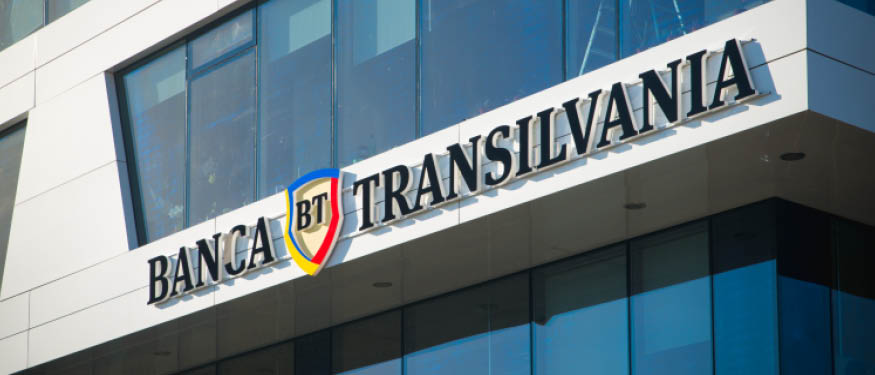The Turkish Capital Market Law (“CML”) regulates squeeze-out and sell-out rights in public companies and companies deemed to be public (companies with more than 500 shareholders).
The main motive of the squeeze-out and sell-out provisions of the CML were to protect minority shareholders’ rights in public companies and to bring these rights into uniformity with European Union standards. The Capital Market Board of Turkey (“CMB”), the primary regulator in capital markets, has set out the principles and procedures of squeeze- and sell-outs in its communique numbered II-27/2 (the “Communique”).
The Communique defines a controlling shareholder as any shareholder who directly or indirectly holds a minimum of 98% of the total voting rights in a public company (when calculating voting rights, privileged shares and voting rights of third parties such as call option holders shall not be taken into consideration under the provisional article of Communique – and a threshold of 97% applies until December 31, 2017). A controlling shareholder may reach this threshold as a result of a takeover bid or otherwise, including acting with other shareholders. The controlling shareholder shall have the right to squeeze out minority shareholders while the remaining shareholders shall have the right to sell-out their shares to the controlling shareholder.
The Communique requires a controlling shareholder who reaches the 98% threshold or who purchases additional shares after reaching this threshold to declare this to the public. Following the declaration, the remaining minority shareholders may sell-out their shares within a three-month period. Loss of the required 98% minimum majority during this three-month period does not stop the process.
The Board of Directors of a company whose shares are subject to squeeze-out or sell-out rights (a “Company”) is obliged to verify whether or not the threshold has been reached or exceeded and prepare a valuation report to assess the value of per-share price in accordance with the relevant regulations of the CMB within one month of the first sell-out application. The company is also obliged to notify the controlling shareholder of other shareholder demands within one month of the sell-out application and within three business days of the declaration of the valuation report. The controlling shareholder should deposit the purchase price to the Company account within three business days and the Company should transfer such amount to the accounts of selling shareholders within two business days. A shareholder that wants to exercise the sell-out right must sell all his/her shares – including privileged shares.
In the event that minority shareholders holding less than 2% of voting rights fail to exercise their right to sell-out their shares to the controlling shareholder within three months, sell-out rights will be deemed to have lapsed and cannot be exercised again. Following the expiration of this period, the controlling shareholder may exercise its squeeze-out right within the following three business days in the form of an application to the CMB. The sell-out price and squeeze-out price are determined separately, in line with the CMB’s mandate to protect minority shareholders.
The Company shall submit an application to the CMB immediately after adopting a Board of Directors resolution regarding the cancellation of the squeezed-out minority shareholders’ shares and issuing new shares and shall obtain approval from the CMB for issuing new shares. For those Companies whose shares are traded on the exchange, once the CMB’s approval is obtained, the controlling shareholder shall deposit the squeeze-out price in the Company’s account. The day after the depositing the funds, the Board of Directors shall apply to the Central Registration Agency for cancellation of minority shareholders’ shares, shall transfer newly-issued shares to the Company’s account, and shall transfer the squeeze-out price to the minority shareholders whose shares are acquired by the controlling shareholder. For those minority shareholders who cannot be identified, the purchase price shall be held in an interest-bearing account with the Settlement and Custody Bank for three years, following which the funds shall be returned to the Company, which then must pay those amounts to the shareholders proving entitlement. For those Companies whose shares are not traded on the exchange, the controlling shareholder shall announce its decision to exercise the squeeze-out right and invite minority shareholders to apply to the Company for delivering their shares in return for the purchase price.
It may be concluded that the legislation protects minority shareholders more than controlling shareholders, as they may exit from the company and not be bound by the decision of the controlling shareholder by exercising their sell-out right before the controlling shareholder’s squeeze-out right. On the other hand, depending on the minority shareholders’ decision to exercise sell-out rights, the controlling shareholder may shake off small investors by exercising its squeeze-out right as it already has 98% of the voting rights. We believe that in a market where there still are companies with only 5% public shareholding, this high threshold is meaningful. We anticipate a greater exercise of these rights in near future.
By A. Cem Davutoglu, Partner, and Muhammet Yigit, Associate, Bener Law Office
This Article was originally published in Issue 2.6. of the CEE Legal Matters Magazine. If you would like to receive a hard copy of the magazine, you can subscribe here.


















